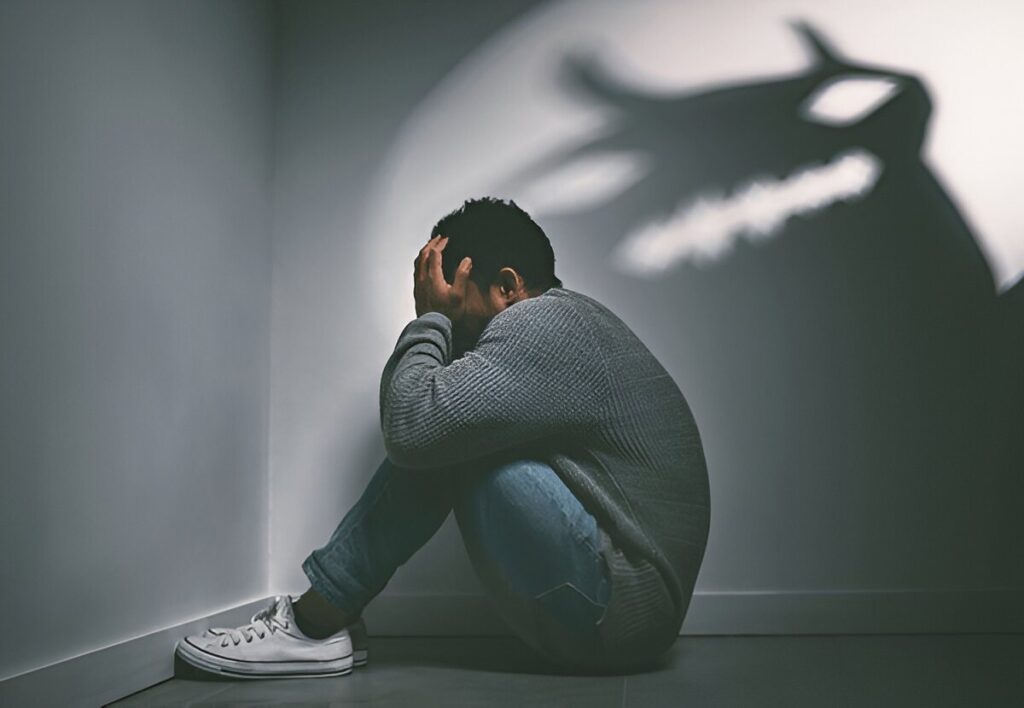If you ever felt stuck while finding ideas, this blog post solves your dilemma.
If you are a creative entrepreneur, artist, model, writer, or designer, these techniques will assist you in avoiding being stuck ever again.
As a creative, knowing where to find inspiration is crucial, not only for your project but also for your long-term creative health.
Nature
Nature is a timeless source of inspiration. Before there were mood boards, Pinterest and lists of feeds, there was nature, raw and endless inspiration for creatives. Whether you are a painter, designer, poet, or musician. Nature has a way of whispering ideas; being outdoors reduces stress and boosts mental clarity, which fuels creativity. Nature offers infinite design cues with packed meaning and growth transformation.
You can tap into all of these when you take a mindful walk without your mobile phone indulgence and let your senses guide your imagination by being calm and observant, like listening to the sound of birds, wind, and water when you slow down and tune in. You’d realise one of the greatest sources of inspiration is outside your window, most especially as a writer. Reflecting outdoors helps shape your tone and thoughts through journaling under the tree or sitting by water; the smell and breath of fresh air help your writing, or as a photographer, capturing the movement of waves, animals, and branches can be used as a reference for future projects, or you zoom in on textures like stone petals and birds. Could give you great credibility
Creativity
It is a conversation across time, medium, and minds. When you immerse yourself in the work of other artists and writers, you are not copying. You are connecting; seeing how others interpret the world helps you reframe your idea with stories and visuals that evoke your feelings and fuel your inspiration for your next project. Literature exposes you to different techniques, styles, and methods that can expand your creative tool kit by visiting museums and galleries. It opens your mind to observe which artists use Colour and symbolism – and by that you can take note of what moves you and why, or you can write or sketch responses to a piece that vibrates in you and build on how to analyse narrative, vision, and aesthetics. Learn to explore genres outside your comfort zone; you can’t be all rigid. Art and literature are powerful sources of inspiration because they reflect human emotion and challenges and offer new ways of seeing the world.
Travel
It is one of the best ways to spark your creativity by stepping out of your usual environment. New surroundings, different sights, sounds, smells and textures activate new ideas and disrupt autopilot thinking that awakens your sense of curiosity through cultural experiences that expand your worldwide view and artistic vocabulary by attending and engaging in local art shows and performances. Don’t just visit, observe, and explore. Look for patterns; you can keep a sketchbook or photo diary to document what catches your eye. Try new things and network in local fashion, crafts and techniques depending on the region. After the trip, you can revisit your notes and sketches because inspiration lives in detailed hand-painted signs and traditional textiles. Asking yourself what was the fun and what was the surprising point you were moved by, let this reflection guide you into your next project. You don’t have to travel too far away to change your mind; it could be just a weekend getaway or a walk through a new neighbourhood, city, or town.
Memories and personal stories
Think about it. Our memories, whether joyful, painful, nostalgic, or seemingly insignificant, carry emotional weight. The stories you lived through are layered with feeling, context, and truth.
And when those moments find their way into your art, they create something powerful:
Connection. When you draw from those, your work becomes art made from memories that feels real to others, too, even if they haven’t lived your life. They can feel the truth in it because it’s not copied or trend-based.Because it comes from a real place. You don’t have to recreate every memory accurately. Focus on the feeling. What did that moment feel like? Fear? Joy? Loneliness? Let that emotional texture guide your piece. If there’s a recurring memory, like growing up during a specific cultural period, you can build a collection or body of work around it. That gives depth and continuity to your art. Write down specific moments from your life. Don’t overthink the structure; just spill. Later, return to them for visual cues or metaphors. As a creative, your personal stories are your superpower. Authenticity stands out. And there’s nothing more original than your own lived experience. We live in a world where fast content and recycled aesthetics dominate.
Cultural identity
It runs deep. It shapes how we see the world, how we tell stories, and how we create beauty. Tapping into your roots brings out authenticity and timeless representation. For many artists, inspiration doesn’t come from what’s new but from what’s old, sacred, and deeply rooted. Your cultural heritage. It’s a living archive of symbols, stories, styles, and spirit. And inside that archive are heritage objects: the fabrics, tools, ornaments, instruments, and rituals passed down through generations. Use your work to educate, uplift, and celebrate, not commercialise or distort sacred meanings. Credit your sources and seek permission when needed. Start with your grandparents. Ask questions. What were festivals like? What did they wear? What items did they treasure? These stories are a blueprint. Even small cultural centres hold pieces that can light a creative spark: ancient sculptures, musical relics, farming tools, and handwritten letters. Design sculptural pieces that incorporate bronze textures and modern materials, referencing the resilience. In a global creative space that often prioritises aesthetics over depth, your culture is a living language of creativity. They’re symbols, tools, and vessels of meaning passed down so you can tell your story your way.
Conclusion
Whether you draw from your culture, your past, nature, conversations, or even the digital noise around you, the key is to stay open. Stay curious. Keep observing. The world is always speaking, and as a creative, your job is to feel, translate, and express. Inspiration isn’t always loud. Sometimes, it’s a quiet childhood experience, a sound you heard while walking through the market. Other times, it hits you like lightning in the middle of chaos or boredom. Remember, you don’t need to wait for inspiration to strike like magic. Sometimes, you find it by moving, by doing the work, by exploring what already exists around (and within) you.


